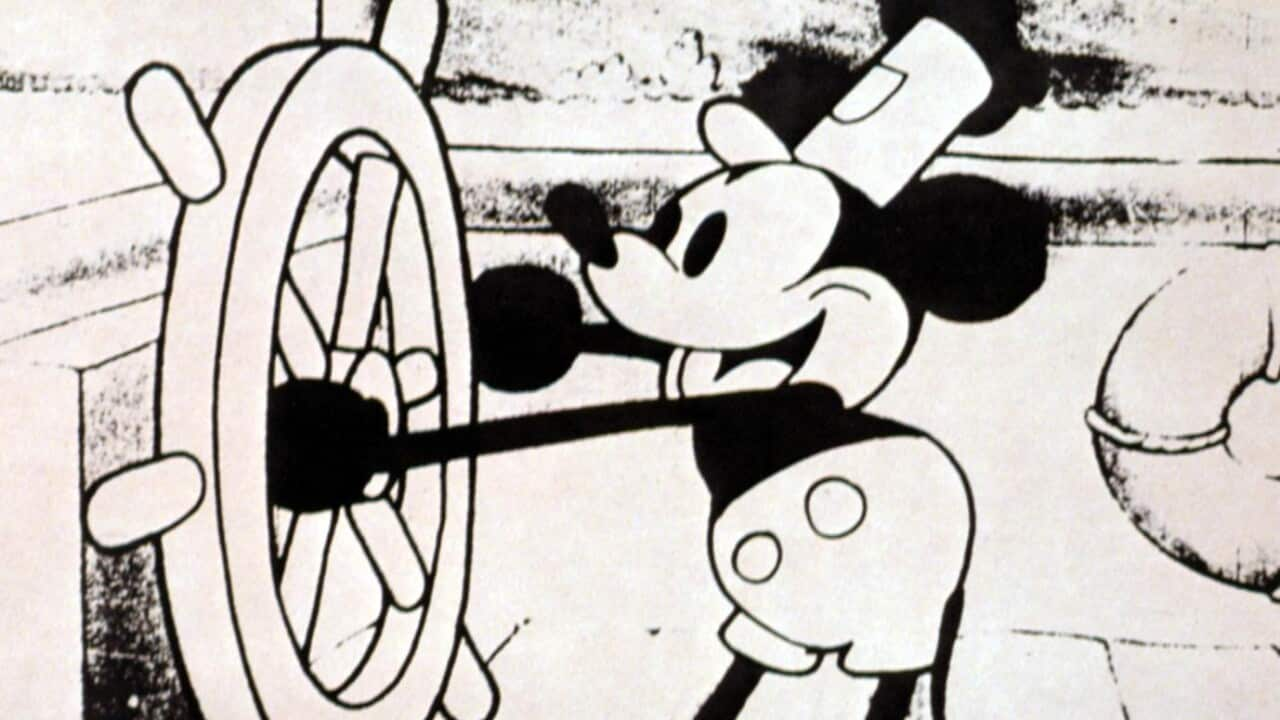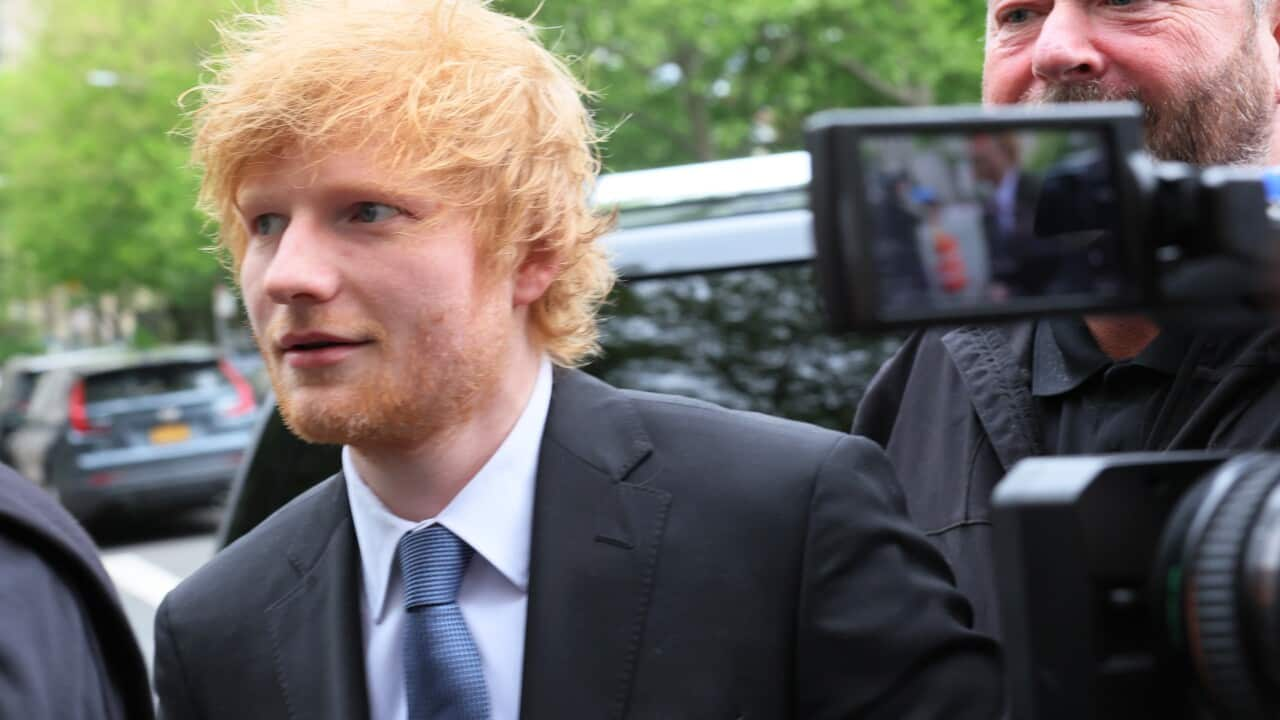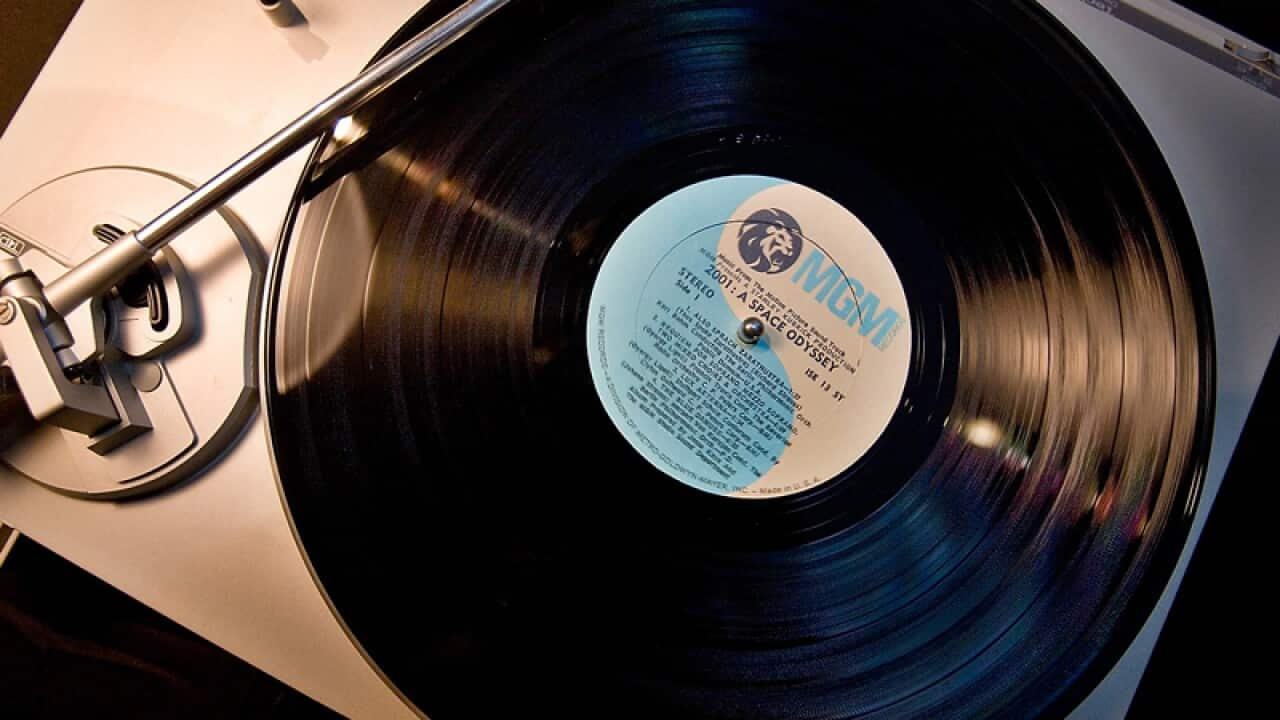Key Points
- The original version of Mickey Mouse, created by Walt Disney, entered the public domain on 1 January.
- Disney has updated the character over time, and different versions will enter the public domain at different times.
- It's trickier than it seems – and those exploiting the expiring Steamboat Willie copyright might face legal trouble.
It finally happened: the most famous mouse on earth, Mickey Mouse, created by Walt Disney, entered the public domain on 1 January.
But if you've already considered changing your business name to Mickey Mouse Enterprises, experts advise not to rush into it just yet.
What does entering the public domain mean?
Mickey's entry into the public domain means that directors, writers and artists worldwide can use the black-and-white version of the character from the 1928 animated short film Steamboat Willie freely, without permission or payment.
As Kimberlee Weatherall, a professor of law at the University of Sydney, explains: "It also becomes legal to make new derivative works - so copies of the original that remix or change the original work."
Copyright laws vary between different countries and are not identical.
According to United States copyright law, which has undergone several changes during Mickey Mouse's lifetime, influenced by Disney and even mockingly dubbed the Mickey Mouse Protection Act, a monopoly can be maintained for 95 years.
In Australia as well as Canada, the UK and other European countries, it's the life of the author plus 70 years of copyright protection.
"Copyright is limited in duration because of how important the public domain is for future creators," said Isabella Alexander, a professor in the Faculty of Law at the University of Technology Sydney.
"Authors and artists draw on existing works either for inspiration or to make new works."
She said that now protection can last for well over 100 years, but that hasn't always been the case.
"In the past, it was much shorter. So, the first copyright act lasted for only 14 years, and then you could extend it for another 14 years. And obviously, now it's significantly longer," Alexander said.
Can I write a book about Mickey or use it as a business logo?
If you're inspired to write the book about Mickey's adventures in Australia, you probably could, but with serious legal and financial considerations, Alexander said.
"The only image that you could now use would be that early Mickey Mouse (from Steamboat Willie)," she said.
"We have exceptions in Australian copyright law for fair dealing for quite limited purposes. There is an exception of fair dealing court for criticism and review.
"So using Mickey Mouse in a book to kind of critique or review films about Mickey Mouse, in theory, should fall within that exception."
The difficulties, though, could arise when it comes to publishing.
"The publishers are very risk-averse, and so even though it would probably fall into the exception, the publisher would often make the author get permission from the Disney Corporation.
"And the Disney Corporation would almost certainly ask for money which might be prohibitively expensive for an author unless they have very deep pockets or their publisher was prepared to pay a lot of money, which is, in my personal experience, not the case," she said.
In terms of using the actual image, there are many risks, too.

Various versions of the Mickey Mouse character will enter the public domain at different times in the coming decades. Source: Getty / ullstein bild
Sarah Hook from Western Sydney University School of Law stressed that as this latest entry only concerns Steamboat Willie and the characters it depicts, more modern versions (including ones with gloves, oversized shoes, and so on) are still under copyright and would need a licence.
Additionally, there are still other rights that Disney holds.
It's essential to avoid creating confusion among consumers, suggesting that your creation is manufactured or endorsed by Disney under trademark law.

Disney still retains trademark rights to use images of Mickey in connection with a variety of products. Source: Getty / MediaNews Group
Alexander agrees. "We also have laws in Australia against misleading and deceptive conduct," she said.
"The problem with Mickey Mouse is that the brand recognition of Mickey Mouse is so strongly associated with Disney that there would often be an argument that if you want to make a T-shirt with Mickey Mouse on it, people would assume that the T-shirt was made by Disney."
Disney has stated they will continue to closely monitor how their most recognisable character is used, as he continues to represent the company in their stories, theme parks, and merchandise.

Mickey Mouse creator Walt Disney, pictured with wife Lillian Disney, who helped him create his famous cartoon character by suggesting he rename it. Source: Getty / Bettmann Archive
Copyright can expire but trademarks might not
It's essential to consider trademarks as they can present potential risks.
Disney maintains trademarks for its characters, including the Steamboat Willie rendition of Mickey Mouse.
"While the copyright has expired, any trademarks will still be valid. Trademarks never expire, so long as companies continue to use them and pay renewal fees," Weatherall explained.
"People using Mickey to promote their works could risk infringing trademarks. People can use the original Mickey creatively, but not promotionally, in short."
Even though experts state trademark law doesn't prevent the use of the 1928 Mickey character, unless consumers are misled into thinking your work is produced or sponsored by Disney, Hook says it can still be risky.
"It must be remembered that copyright is just one of the many rights that come with creative works, so don't go changing your business name to Mickey Mouse Enterprises just yet," she explained.
Every year, new works enter the public domain. Why is Mickey such a big deal?
"Disney as a corporation has long influenced copyright policy in America, which is why Steamboat Willie coming into the public domain is seeing a lot of symbolic attention," Hook said.
New works enter the public domain every year due to the expiration of their copyright, usually with much less attention.
Well-known examples include the 1926 children’s book Winnie-the-Pooh, and some versions of Sherlock Holmes.

A rare original artwork and first edition book featuring A. A Milne's Winnie-the-Pooh character. Source: Getty / Peter Macdiarmid
New Sherlock Holmes stories started to be written once the fictional detective entered the public domain, so new creativity is possible, Weatherall noted.
But Hook points out that Australia doesn’t have copyright over characters in the same way the US does.
“America has fictional characters protected as distinct from the literary works whereas Australia does not. It can be very confusing sometimes to delineate and identify exactly what can be used and what can’t be,” she said.












